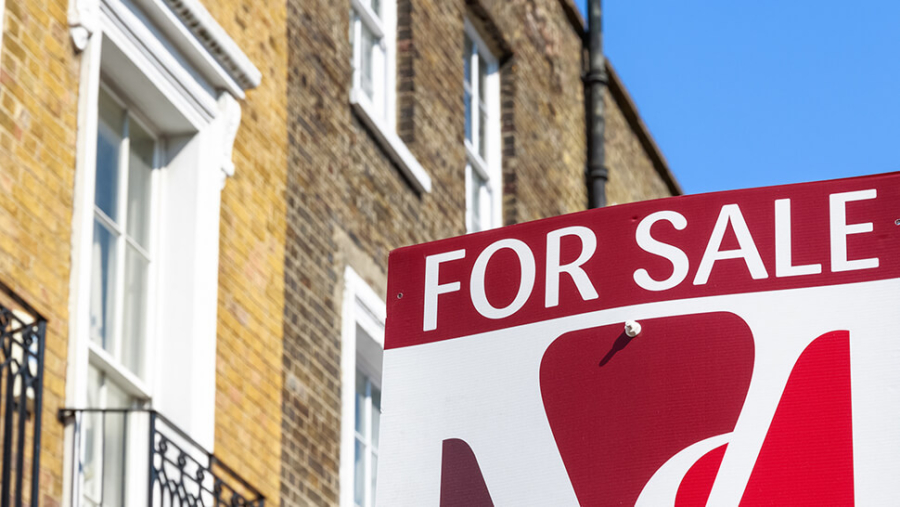

The Chancellor Rishi Sunak gave a summer budget statement in which he laid out a number of actions the government will take in order to stimulate the economy in response to the Covid-19 pandemic.
One of the most eye-catching announcements was the unprecedented plan to temporarily lift the Stamp Duty Land Tax threshold from £125,000 to £500,000. Full details of the announcement are available here.
The move has been made in an attempt to reboot and re-energise the housing market. The cut comes into effect immediately and will stay in place until 31 March 2021.
Who will this announcement affect?
Previously SDLT was chargeable on properties from the £125,000 threshold, except in the case of first-time buyers who paid no SDLT up to £300,000 and then only a reduced rate up to £500,000.
The temporary exemption raising the threshold up to 500,000 will help everyone; first time buyers and people moving up the property ladder as well, except those fortunate enough to be in a position to buy a second or subsequent home.
In England and Northern Ireland it means nearly 9 out of 10 home buyers will pay no Stamp Duty at all.
What are the details of the announcement?
Stamp Duty Land Tax is charged in bands, with successive bands of the purchase price taxed at increasing rates.
Before today’s announcement, a house purchased for £1 million would be taxed as follows:
- Up to £125k, attracts SDLT at 0%; (£0)
- Above £125k and up to £250k, attracts SDLT at £2% (£2500)
- Above 250k and up to £925k, SDLT at 5% (£33,750)
- Above 925k, SDLT at 10%. (£7500)
After today’s announcement, the same property would attract Stamp Duty as follows:
- Up to £125k, attracts SDLT at 0%; (£0)
- Above £125k and up to £500k, attracts SDLT at £0% (£0)
- Thereafter the rates remain unchanged.
The rates are currently different for Wales and Scotland, although devolved governments may choose to make similar announcements and changes soon.
What about the higher rate of Stamp Duty Land Tax for additional properties?
Since April 2016, people buying a second or additional home have paid a 3% surcharge on the portion of the value of the property that falls into each band on their purchase.
Today’s announcement relates only to people buying a house they will use as their main home. People buying second or additional homes will still have to pay the 3% surcharge under the old rules.
If a previous home is not sold immediately, stamp duty will be calculated at the higher rate and a refund may be claimed later.
Stamp duty refunds can be claimed up to 12 months after selling a previous home as long as the old home is sold within three years of purchasing the new one. The three year time limit may be extended if the sale of the old home is delayed because of Covid-19 or other exceptional circumstances.
A move to stimulate a market where the buyer is king
Critics are suggesting the change will prove ineffectual as sellers will simply increase their asking prices proportionately. However, in a market where the buyer is king the criticism seems unreasonably negative. Overall, we think this should be seen as a decision that will drive growth and support jobs across the housebuilding and property sectors post-Covid-19.
Update – the following paragraph was added on 17 July 2020: The Welsh Government have announced that property purchases below £250,000 are exempt from paying Land Transaction Tax until 31 March 2021. Unlike in England, the exemption does not apply to second homes or to buy to let properties and falls well below the zero rate for Stamp Duty Land Tax in England for transactions below £500,000.










